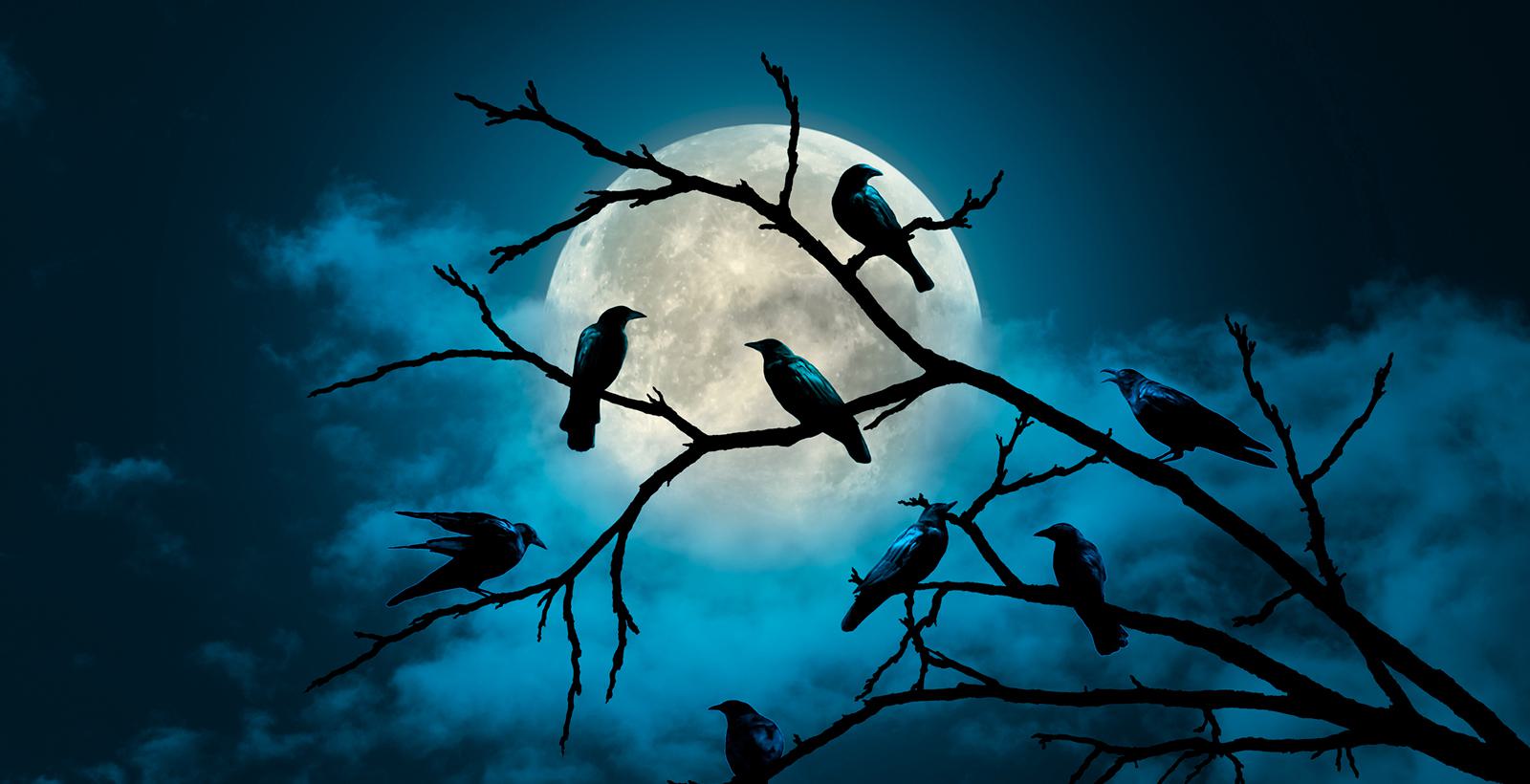Supernatural marketing tactics that can’t be killed
These marketing techniques are so old they should be pushing up daisies. Turns out, they’re just as relevant for B2B marketers today.

When you delve further into the shrouded history of marketing, you start to uncover more sinister undertones. Some marketing tactics may blend in with modern society, but they’ve apparently transcended the mortal coil and persevered across decades, centuries, and in some cases, even millennia.
Like vampires or werewolves, these techniques may be older than the Internet, the industrial revolution, and the printing press — though it’s almost impossible to tell their age at first glance.
Content marketing

Sighting: In 1904, the American-owned Genesee Food Company aimed to market their Jell-O desserts directly to women.
The company concocted a sinister plan: they released an ad campaign in the Ladies Home Journal, which served up homemaking tips for the average American woman, and had salesmen distribute free booklets of “best seller” recipes for different Jell-O dishes.
They reaped the rewards two years later, when the company’s sales grew to $1 million, and its cookbook distributed over 15 million copies per year.
Takeaway: Readers will eat up content that gives them practical, relevant advice in an appealing format. When you fill your cauldron with content marketing goodness, you can brew up a potent mix of sweet and satisfying for both your business and your buyer.
Music

Sighting: Sources from ancient China have their own age-old marketing techniques — like the Classic of Poetry, which contains works dating from the 11th to the seventh century BCE. As written in some of these early works, candy makers used a universally spellbinding tactic, playing music on a bamboo flute to attract customers to their shops.
Takeaway: A few millennia later, music and marketing still go together like flesh and bone. Think about how many times you’ve heard your favourite pop song in a commercial (and subsequently had it ruined for you), or how your ears perk up when you hear the ice cream truck rounding the corner.
If you’ve ever caught an earworm from a TV or radio ad, you understand the incredible staying power of jingles.
Influencer marketing

Sighting: Some of the earliest instances of influencer marketing took place in ancient Rome, where popular gladiators were often paid commission to endorse products like chariots and olive oil.
Another incidence of influencer marketing and product giveaways happened centuries later, in Birmingham, England during the 1770s. Matthew Boulton, an established entrepreneur, first summoned the spirit of influencer marketing in a bid to sell more fashion accessories. To help his products gain popularity, he gifted buttons, sword hilts, buckles, and other items to various royals and aristocrats.
It worked: the lords and ladies wore his accessories to public events and social calls, which served to boost the visibility of Boulton’s products and elevate his reputation.
Takeaway: Like many tentacles reaching out from a dark, watery abyss, the rich and famous have always had a surreal hold on the public consciousness.
Nowadays, influencer culture has more impact on society than ever. If you want A-list star power to boost your product’s visibility, you’ll have to dig much deeper into your royal coffers, but influencer marketing can be relatively cost-effective depending on the popularity (follower count) of your chosen star.
Branding

Sighting: In the Song dynasty in China (between 960 and 1297 CE), one of the first ever outdoor advertisements came to light when Jinan Liu’s needle shop printed a poster featuring its product around a central logo of a white rabbit.
Rather than leading customers down the rabbit hole, its slogans urged readers to “Please remember the White Rabbit” the next time they wanted high-quality needles.
Takeaway: The message may be simple, but Jinan Liu had the right idea: every business needs a sound branding strategy to build its reputation and make itself recognizable to customers.
Content crossovers

Sighting: In America, 1982, before their toy soldier became an earth-shattering success, Hasbro collaborated with Marvel to create a G.I. Joe comic book. Though the G.I. Joe toys originally debuted in 1964, the crossover campaign was largely responsible for helping them smash into the mainstream pop-culture scene two decades later.
The toy company ran a coordinated campaign to promote “G.I. Joe: A Real American Hero” in an animated TV commercial. The crossover ran for 150 issues and led to a wildly popular cartoon adaptation. Seven years later, the comic remained a Marvel bestseller, and two-thirds of boys between the ages of five and 12 owned at least one G.I. Joe toy.
Takeaway: Content crossovers are a comparatively recent phenomenon, but when you consider how they’ve grown from comic books to movies and TV, you can expect even more explosive content in the future.
And it’s not all about popular media — just like Hasbro and Marvel, B2B companies have plenty of potential to collaborate with their clients and produce something customers will love.